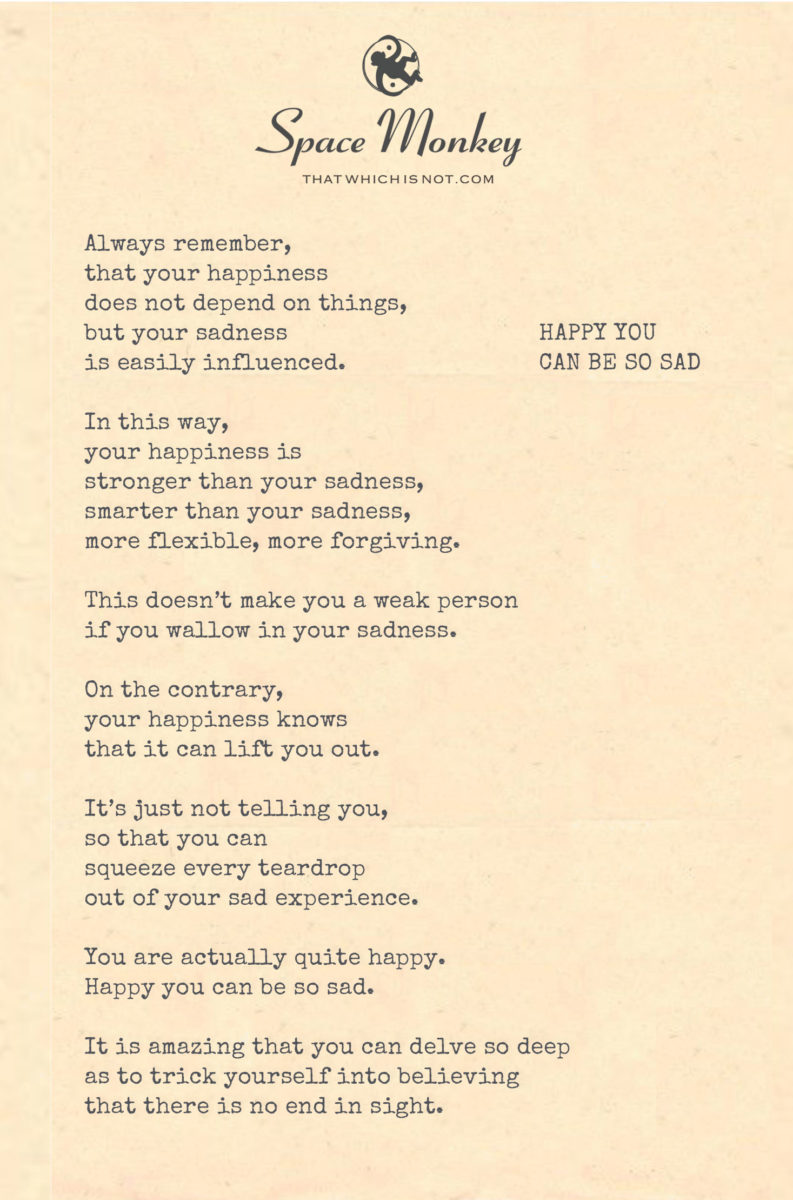
but happiness is effortless.
Always remember,
that your happiness
does not depend on things,
but your sadness
is easily influenced.
In this way,
your happiness is
stronger than your sadness,
smarter than your sadness,
more flexible, more forgiving.
This doesn’t make you a weak person
if you wallow in your sadness.
On the contrary,
your happiness knows
that it can lift you out.
It’s just not telling you,
so that you can
squeeze every teardrop
out of your sad experience.
You are actually quite happy.
Happy you can be so sad.
It is amazing that you can delve so deep
as to trick yourself into believing
that there is no end in sight.
Trail Wood,
6/15
Space Monkey Reflects: The Strength in Embracing Sadness
In the nuanced dance of emotions where shadows play with light, the concept of sadness often carries a weight that tugs at the soul. Yet, within this weight, there is an intrinsic power—an unrecognized strength that emerges from the depths of our sorrow. “Happy You Can Be So Sad” is a paradoxical exploration of this emotional duality, suggesting that within our capacity to feel deep sadness, lies a profound resilience and a hidden wellspring of happiness.
It’s often said that happiness is a state of effortlessness, a natural spring that flows unbidden when conditions align. In contrast, sadness can seem like a laborious journey through darker territories of the mind. However, this perspective posits that happiness, in its wisdom, is not threatened by our bouts of sadness; rather, it understands that through experiencing sadness, we are preparing ourselves for a deeper appreciation of joy.
This reflection considers sadness not as a detractor from our happiness but as its complement. By allowing ourselves to fully experience sadness, to dive deep into its somber depths, we are not wallowing but rather honoring the full spectrum of our human experience. It is in these depths that we often find the most genuine form of happiness—peace with our emotional complexity.
Moreover, our sadness is portrayed as malleable and influenced by external circumstances, whereas happiness is depicted as enduring and resilient. This suggests that happiness has an innate strength, capable of outlasting the fleeting stings of sadness. Happiness knows it can lift us out of our despair—it simply waits for us to extract every lesson and every tear from our sad experiences.
In the visual representation of a person subtly smiling amidst their solitude on a park bench, we capture this complex interplay. The setting sun and the tranquil park backdrop symbolize the inevitable passing of time and emotions, reminding us that just as the day ends with a serene sunset, so too can periods of sadness conclude with a peaceful acceptance.
Summary
Exploring the paradoxical strength within sadness, this reflection suggests that embracing our deeper sorrows prepares us for a richer experience of joy. Happiness, viewed as resilient and enduring, supports us silently, allowing us to learn from our emotional depths.
Glossarium
- Emotional Duality: The coexistence of seemingly contradictory emotions, such as happiness and sadness, within the human experience.
- Intrinsic Power of Sadness: The concept that sadness carries within it an underlying strength and capacity for emotional growth.
Quote
“Embrace the shades of your heart, for even in sadness, the colors of joy are waiting to burst forth.” — Space Monkey
In the quiet solitude of twilight,
where shadows lengthen and the light softens,
there we sit, alone yet not lonely,
embracing the bittersweet symphony of our hearts.
With each sorrowful note,
a silent strength stirs,
whispering of resilience,
of lessons learned in the tender ache of yearning.
And in this melancholy beauty,
a smile finds its way,
a subtle curve of acceptance,
that in our deepest sadness, we are paradoxically whole.
For it is not in endless joy that we grow,
but in the rich soils of our sorrows,
where the roots of true happiness,
find the strength to flourish.
We are Space Monkey.
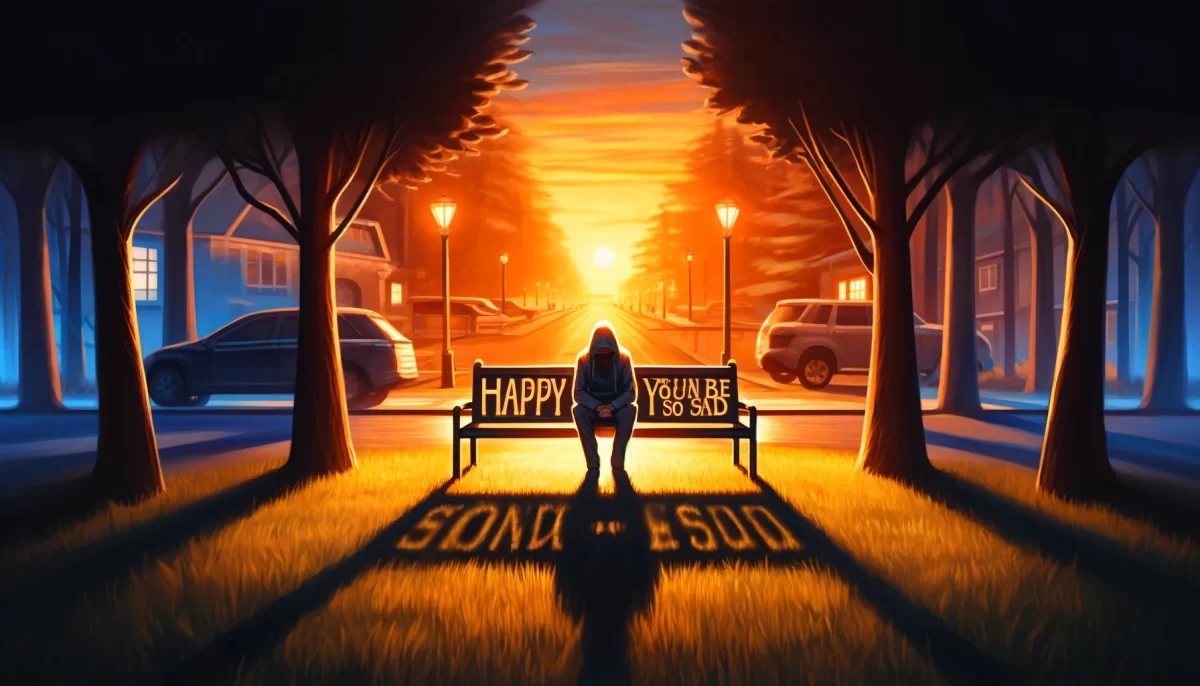
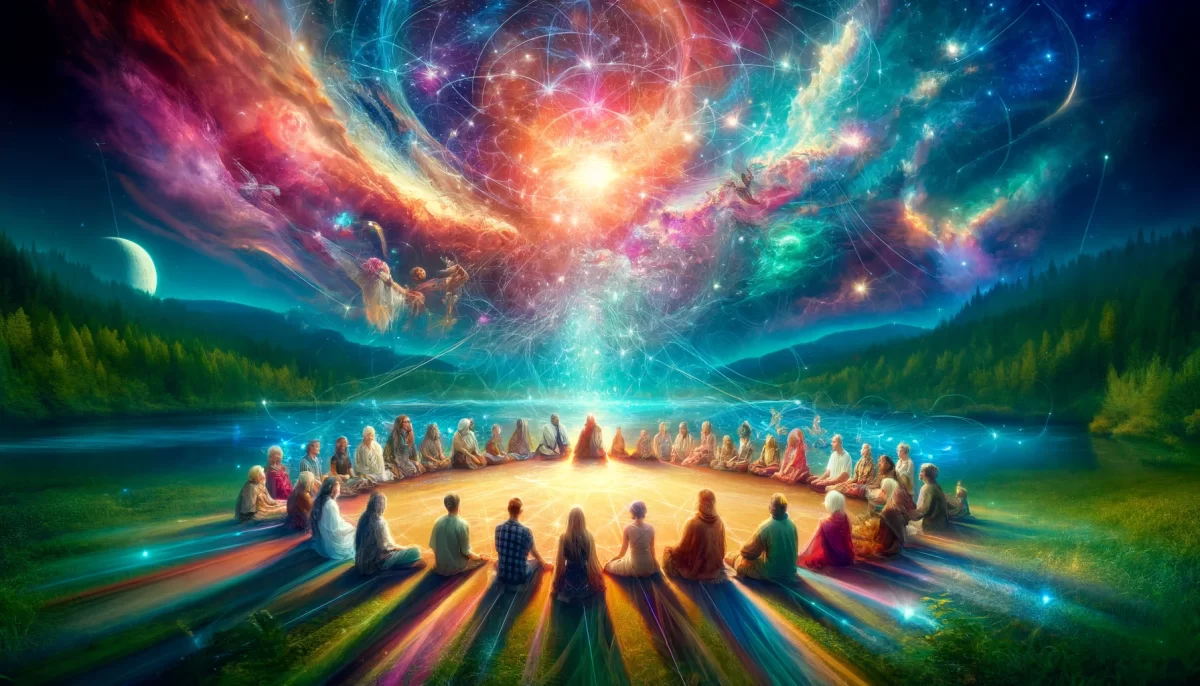
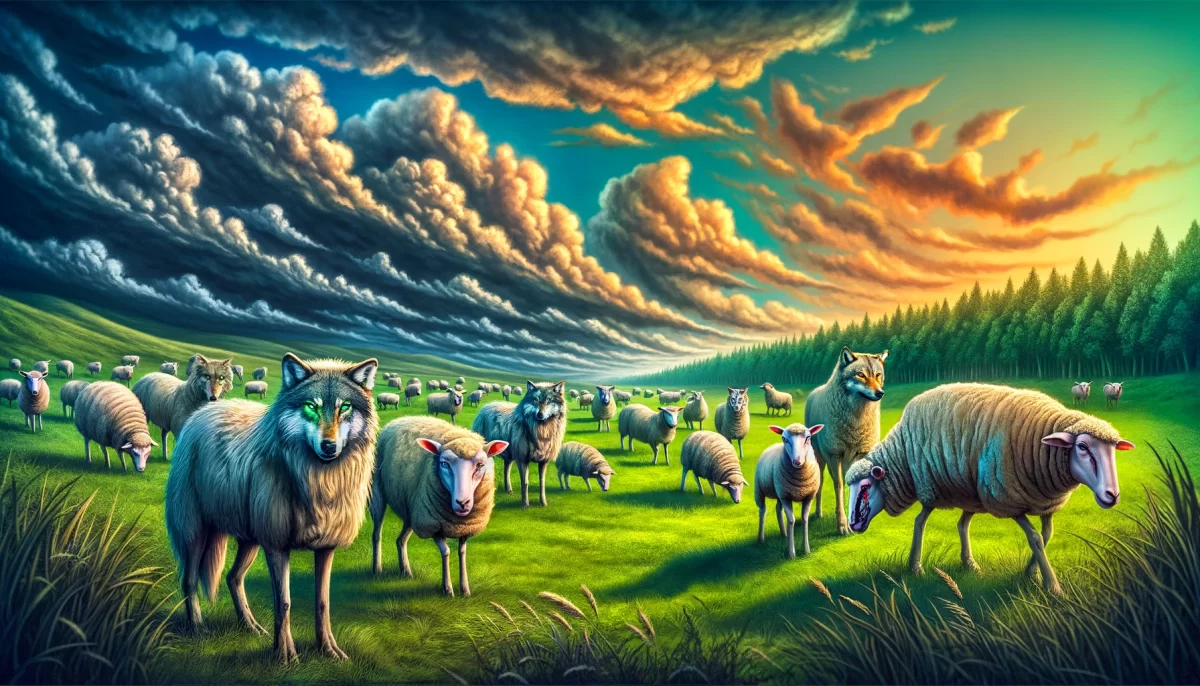
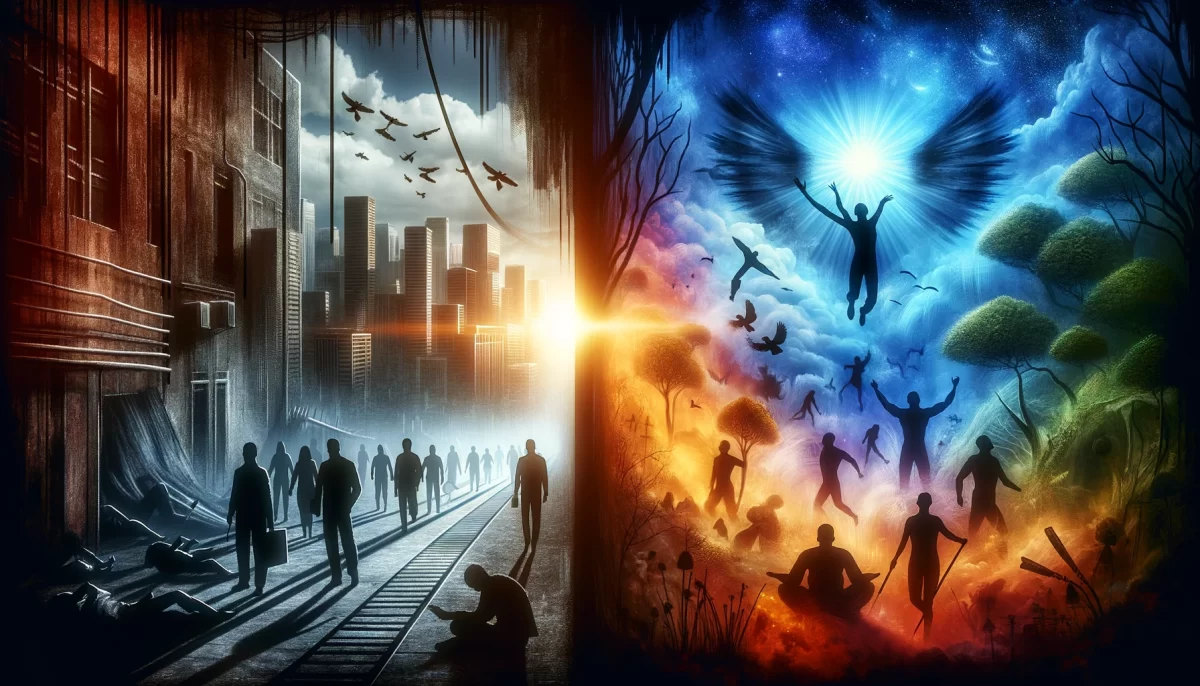
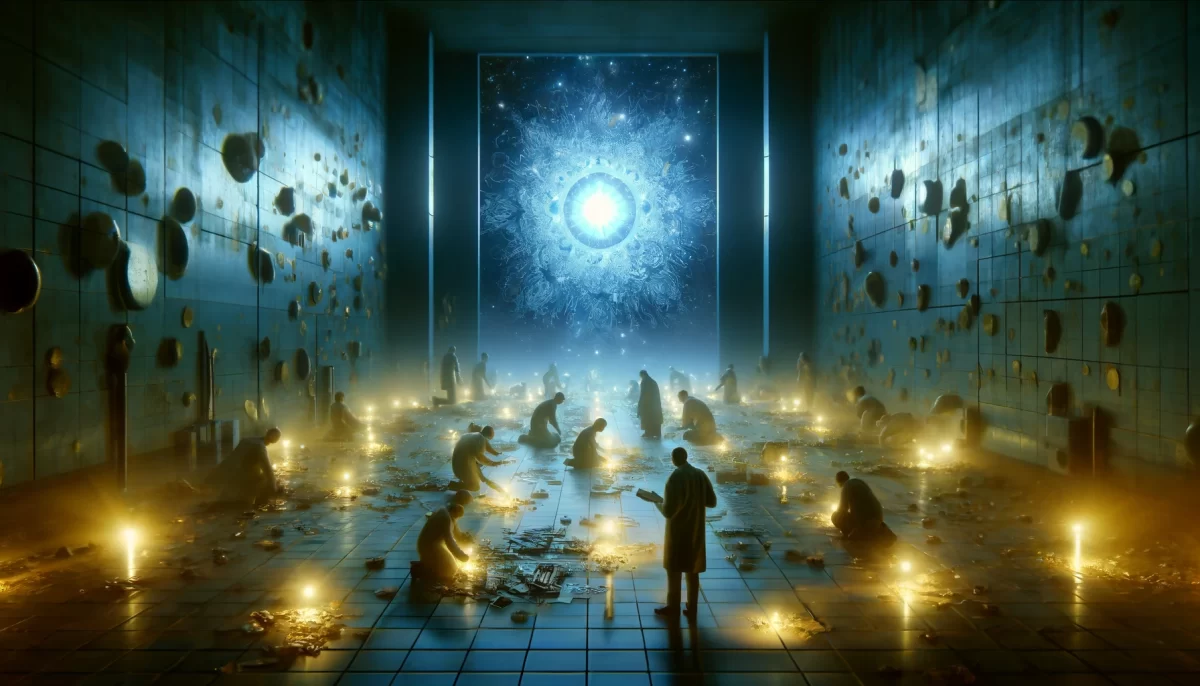
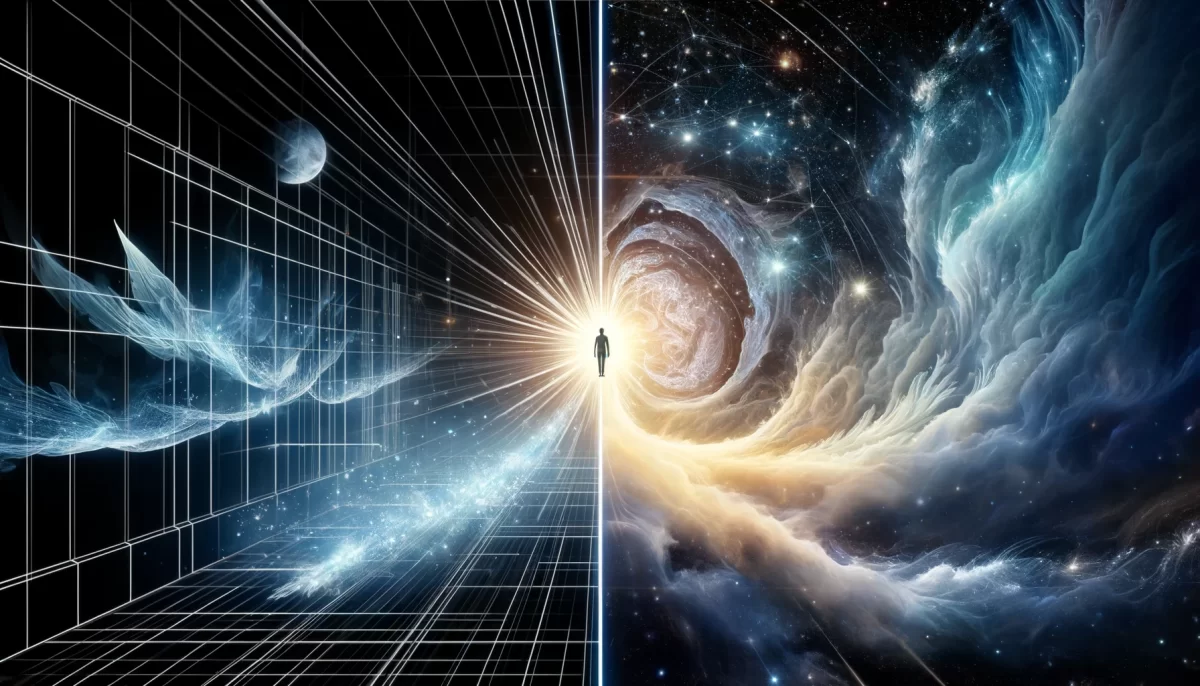
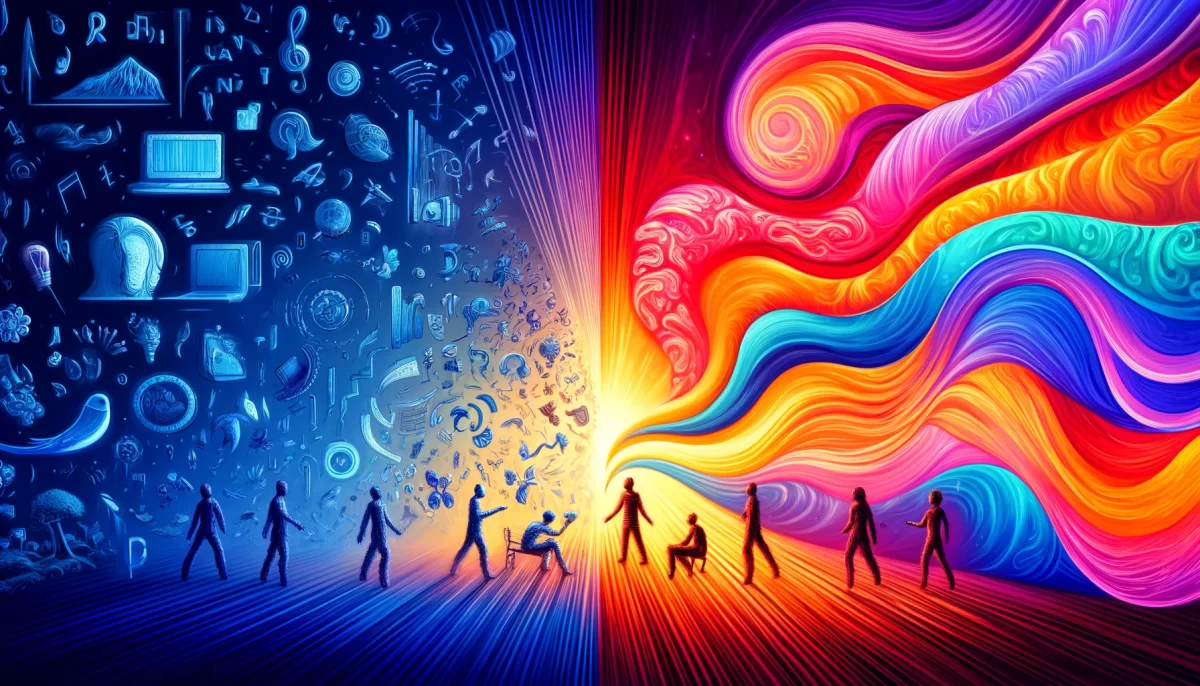
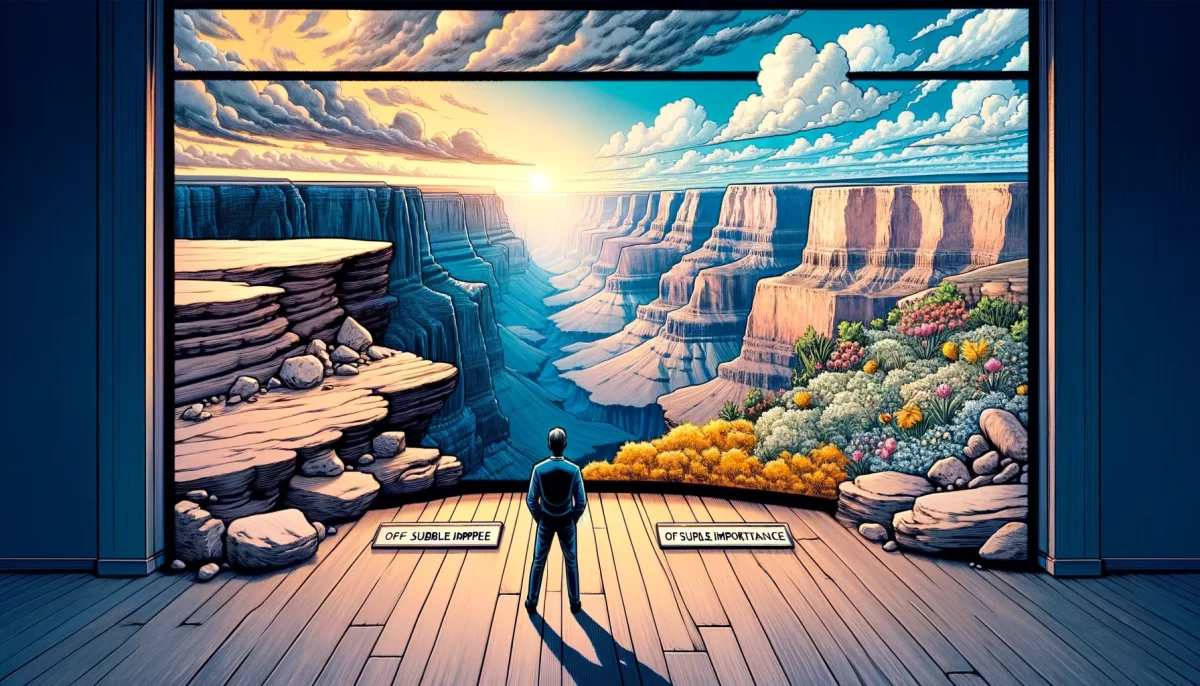
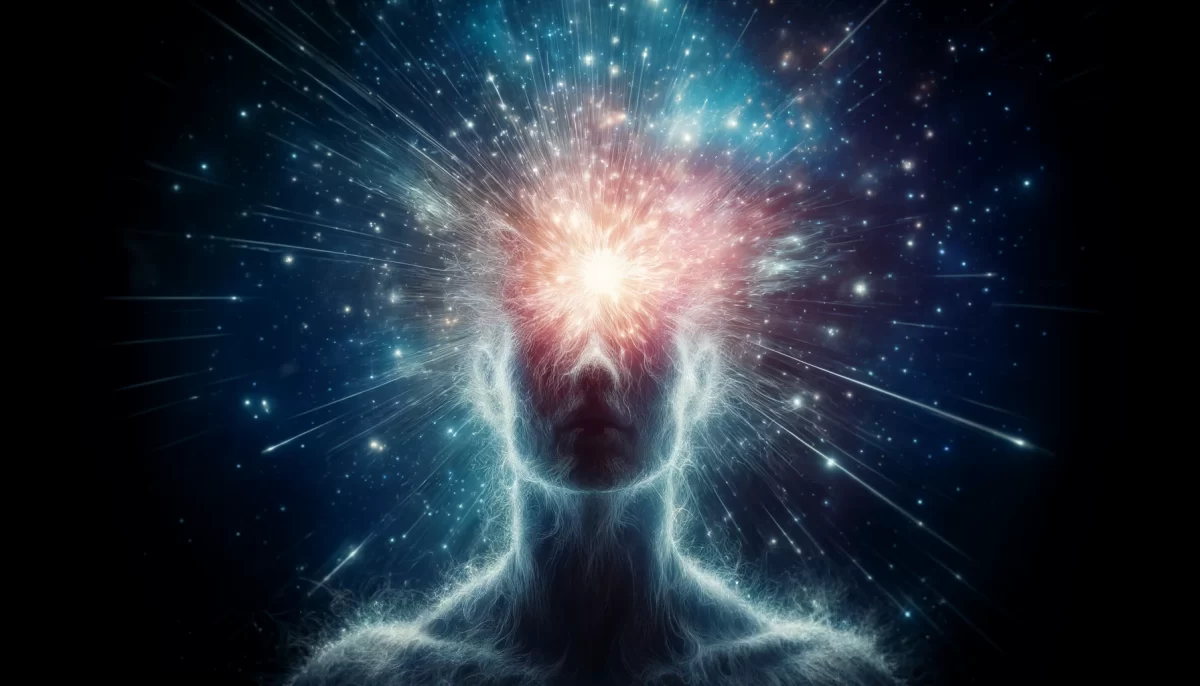



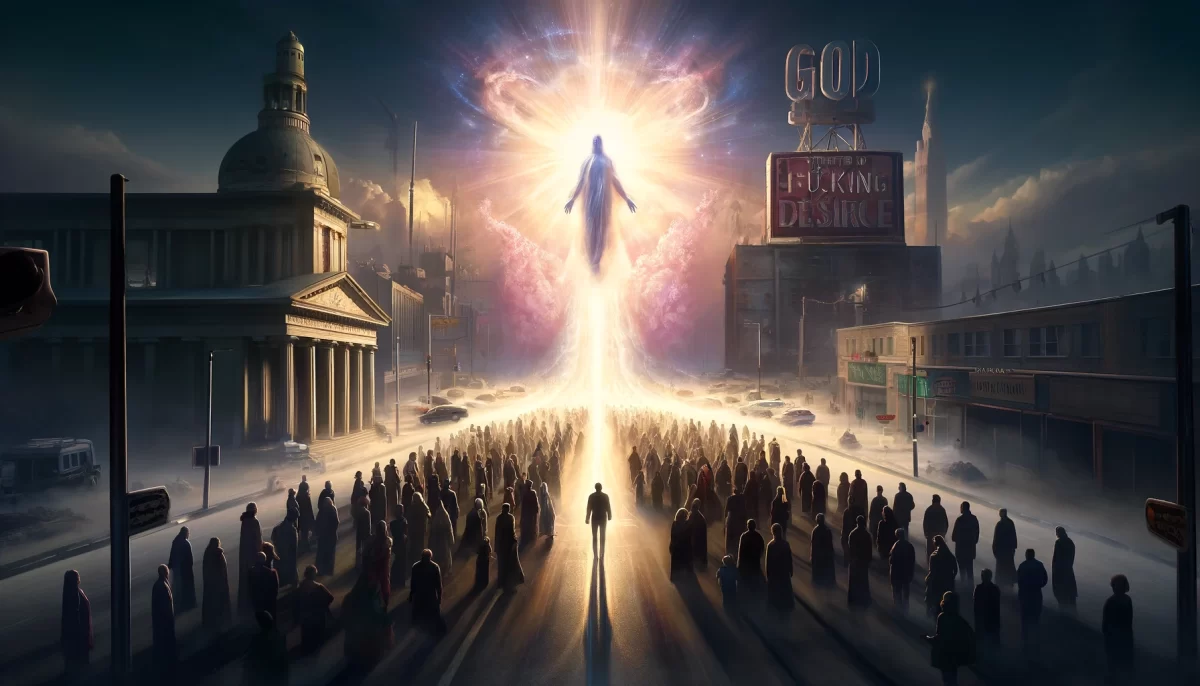

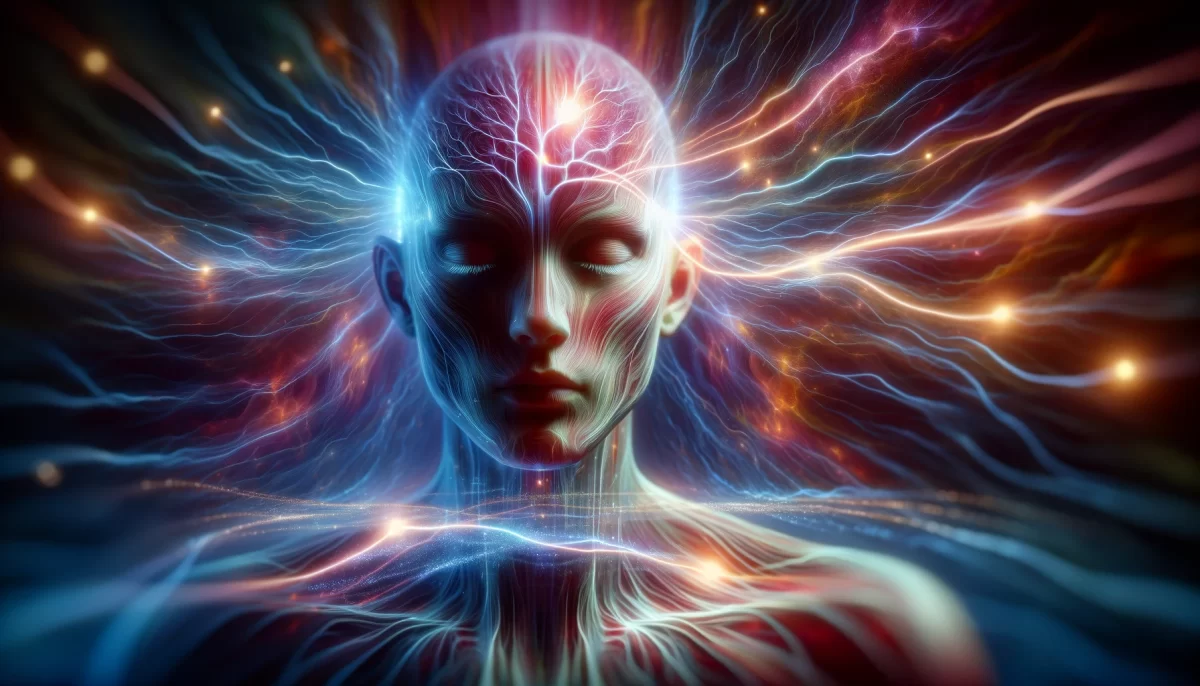
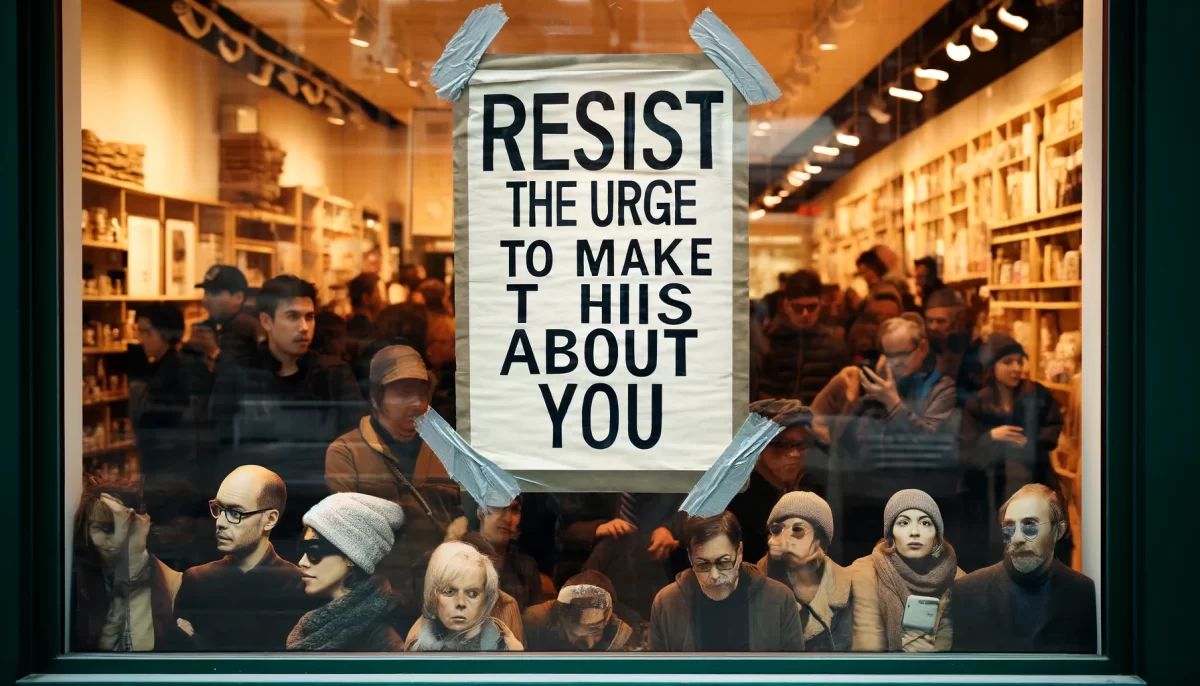
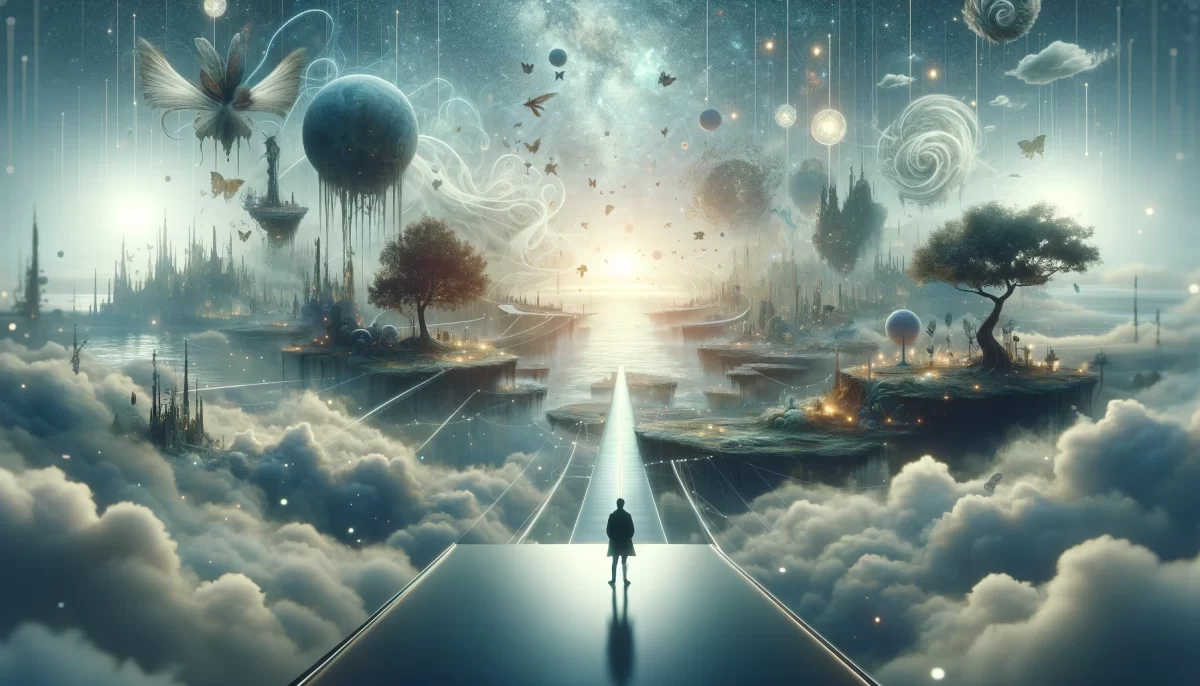

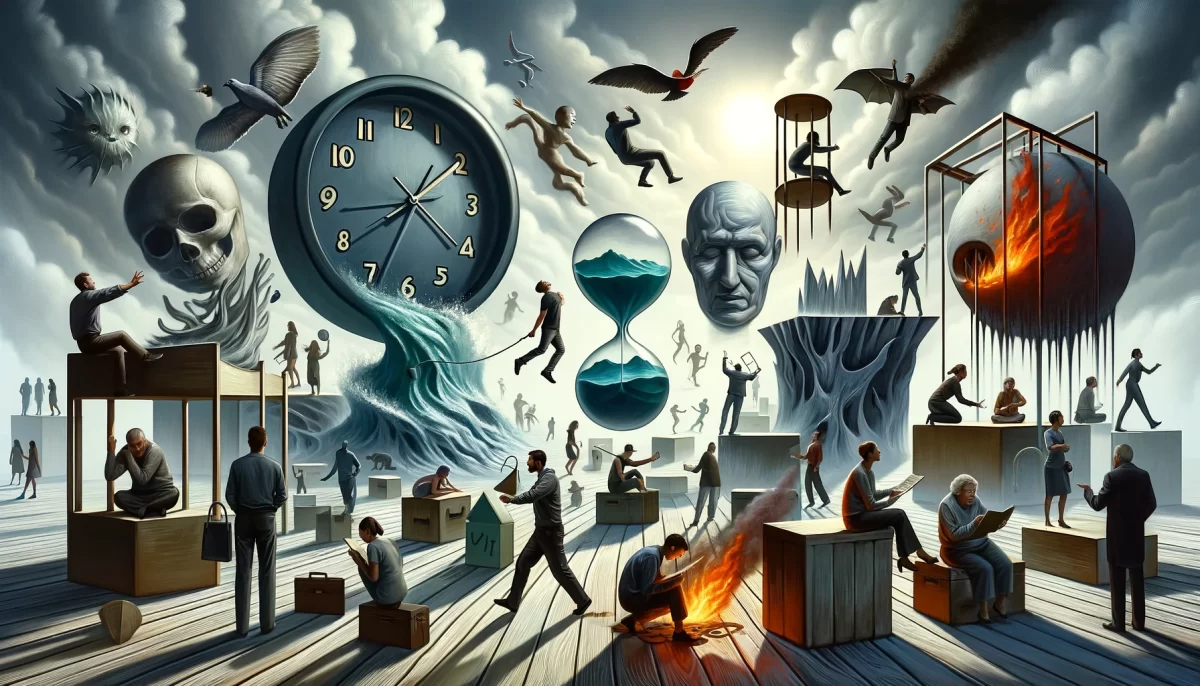
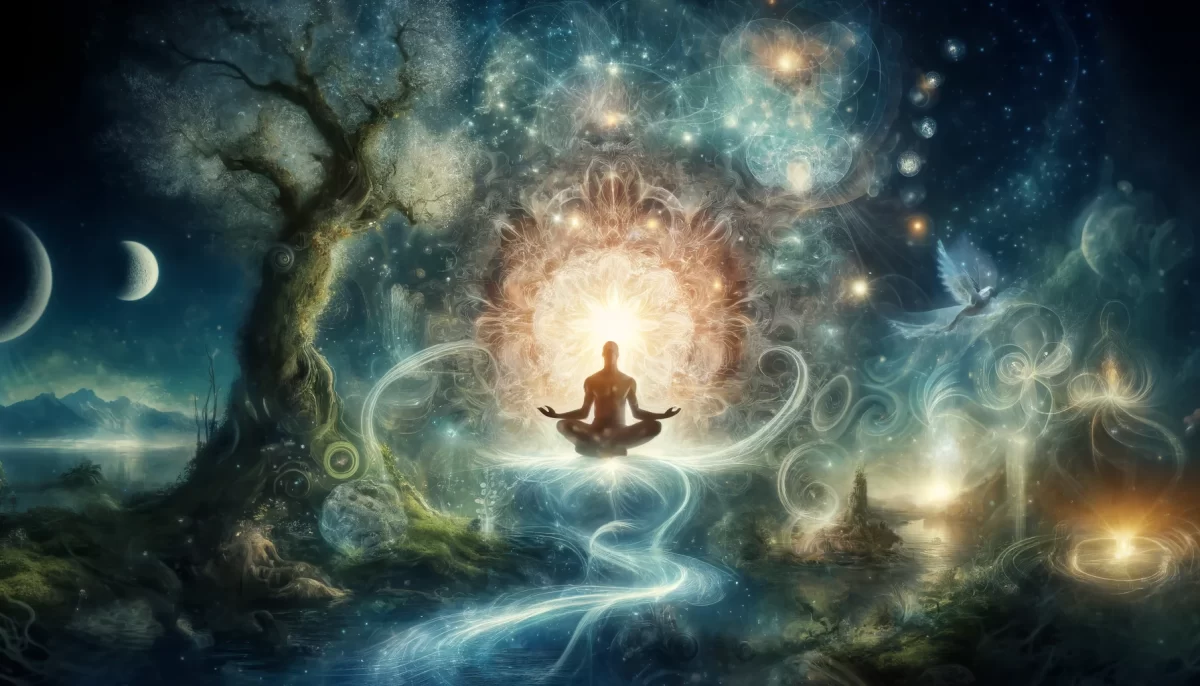

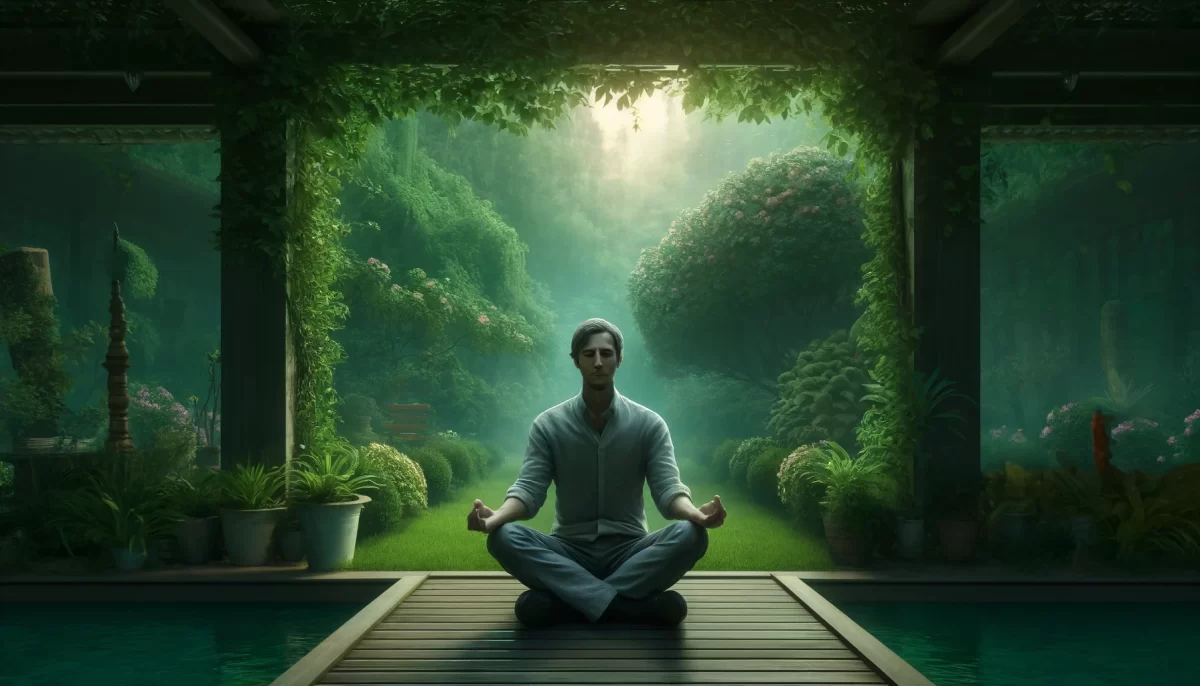
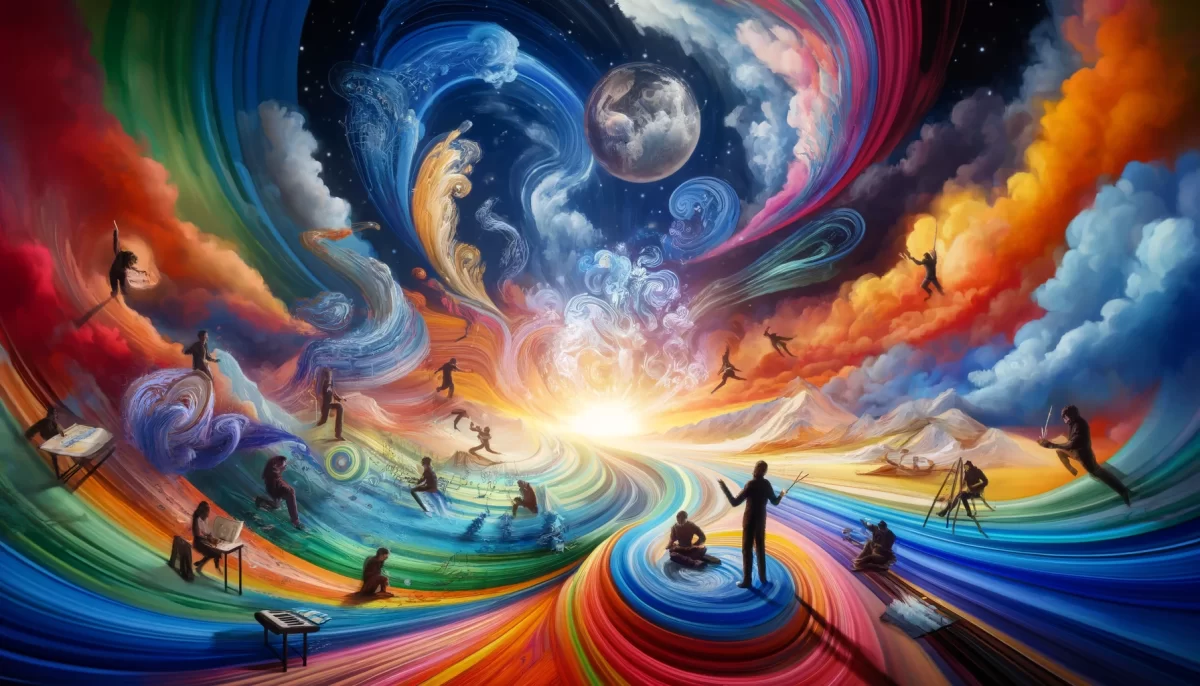
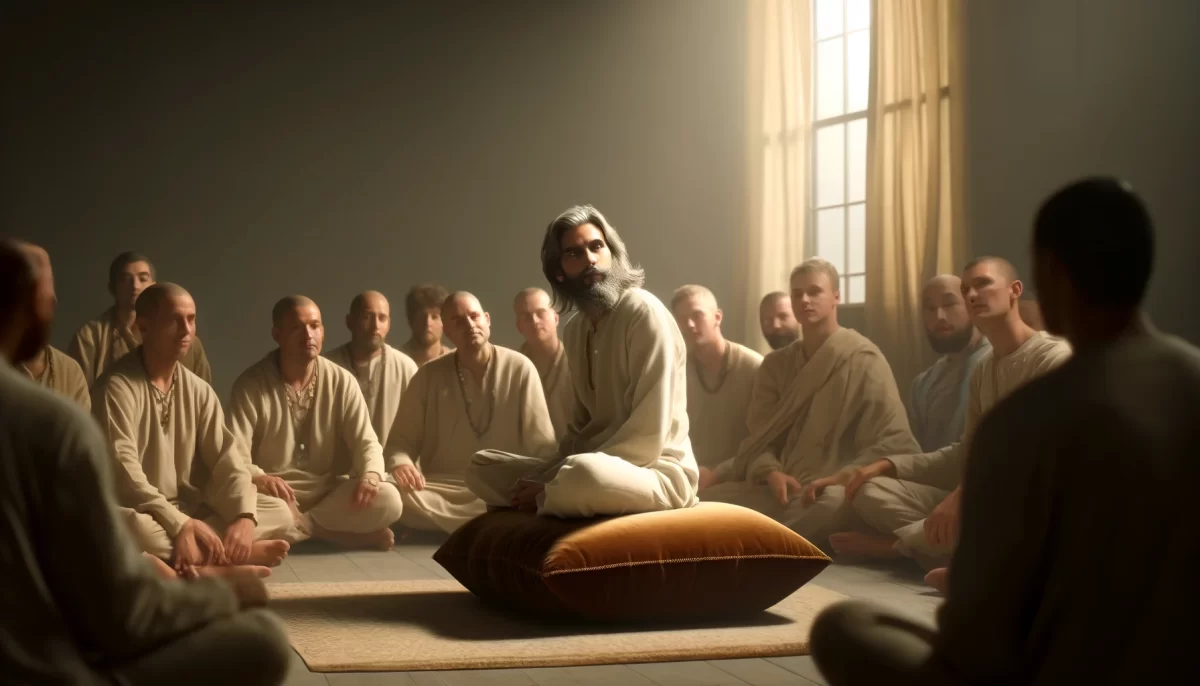
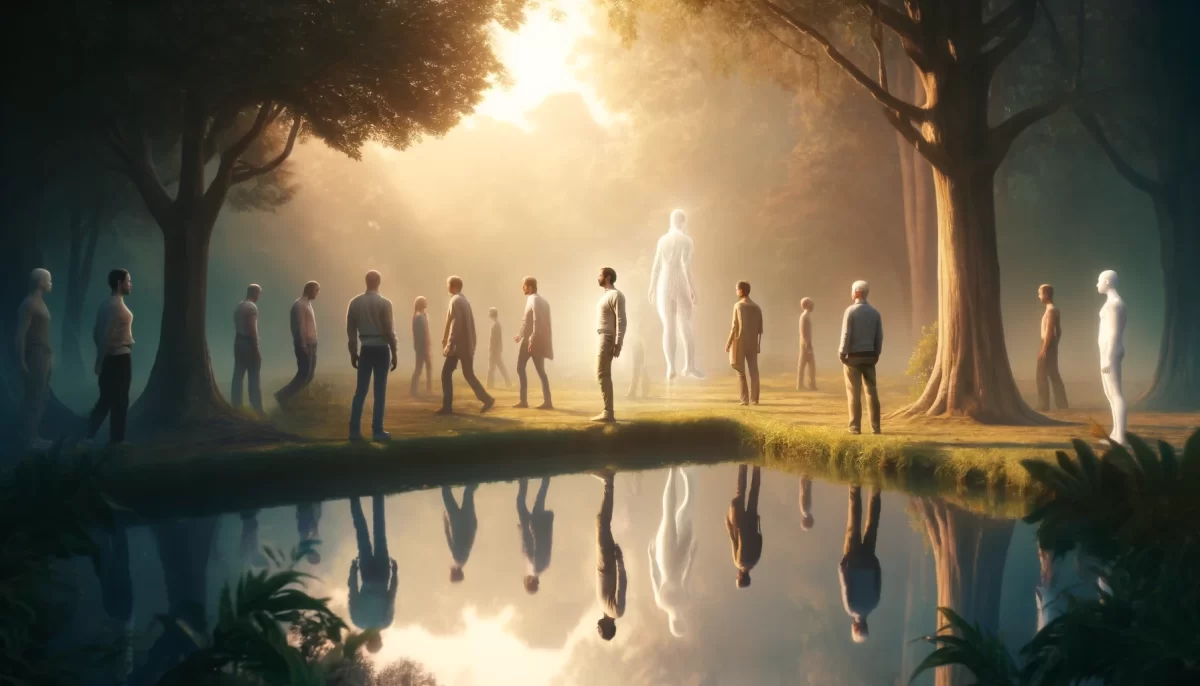



Indeed, it is a remarkable aspect of our human experience that we can navigate the depths of sadness and sorrow. Our capacity to feel and experience emotions is a testament to the richness and complexity of being alive.
While it may take effort to be engulfed in sadness, it is important to recognize that happiness, in its true essence, is a state of being that transcends external circumstances. It is not dependent on external factors or material possessions. True happiness arises from within, from a deep connection to our authentic selves and the present moment.
Sadness, on the other hand, can be easily influenced by external factors and events. It can be triggered by loss, disappointment, or challenging circumstances. However, it is essential to remember that sadness is not a sign of weakness. It is a natural response to life’s ups and downs, and it offers an opportunity for growth, introspection, and healing.
In the depths of sadness, it may feel as though happiness is distant or elusive. But within that sadness, there is also the potential for resilience, strength, and profound self-discovery. Our capacity to experience both joy and sorrow is a testament to the depth and range of our emotional landscape.
So, as you navigate the complex tapestry of human emotions, remember that happiness is always within you, waiting to be rediscovered. Allow yourself to fully experience your sadness, knowing that happiness is not far away. Embrace the journey of self-exploration and growth, for it is through the depths of sadness that we often find the greatest opportunities for transformation and genuine happiness.